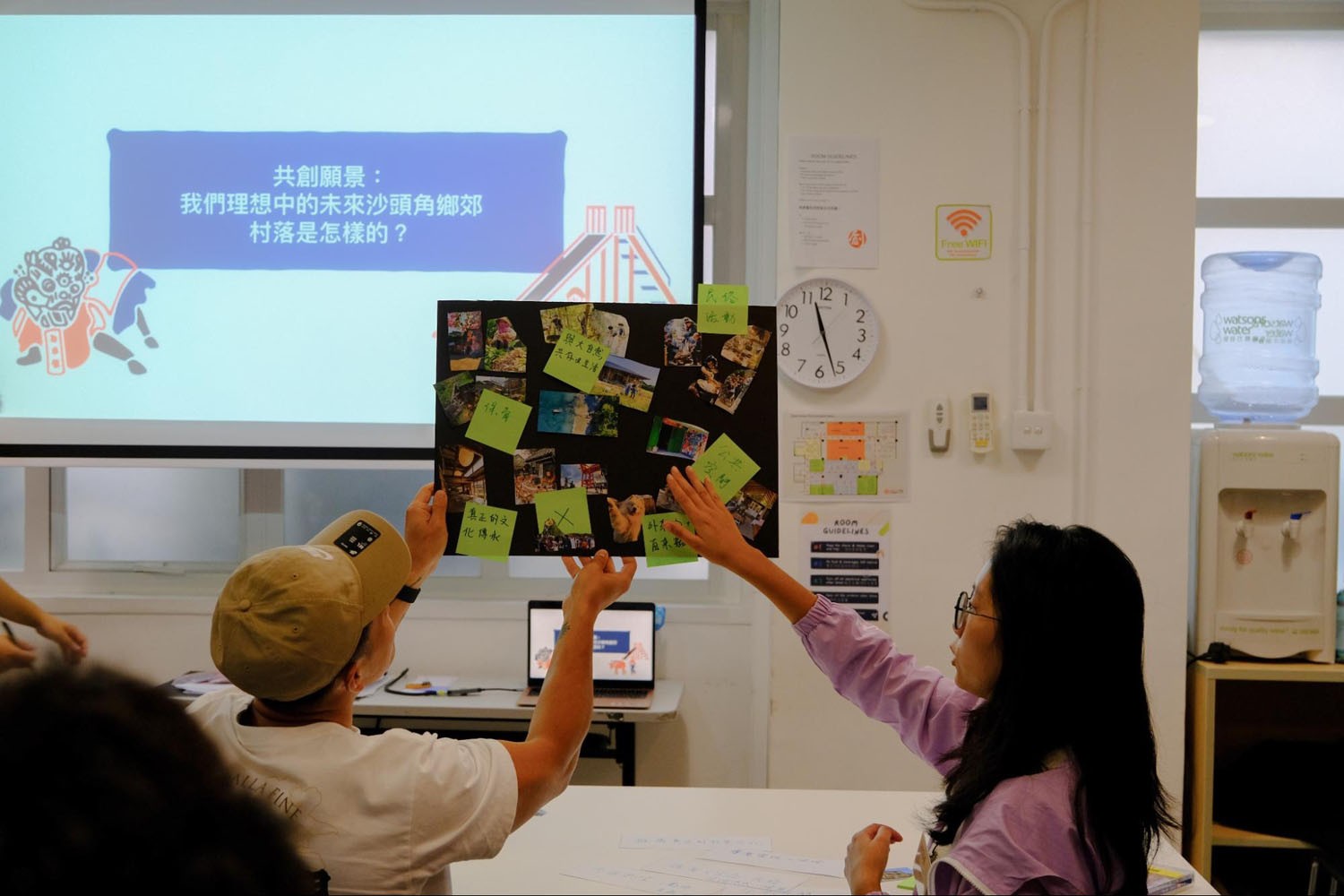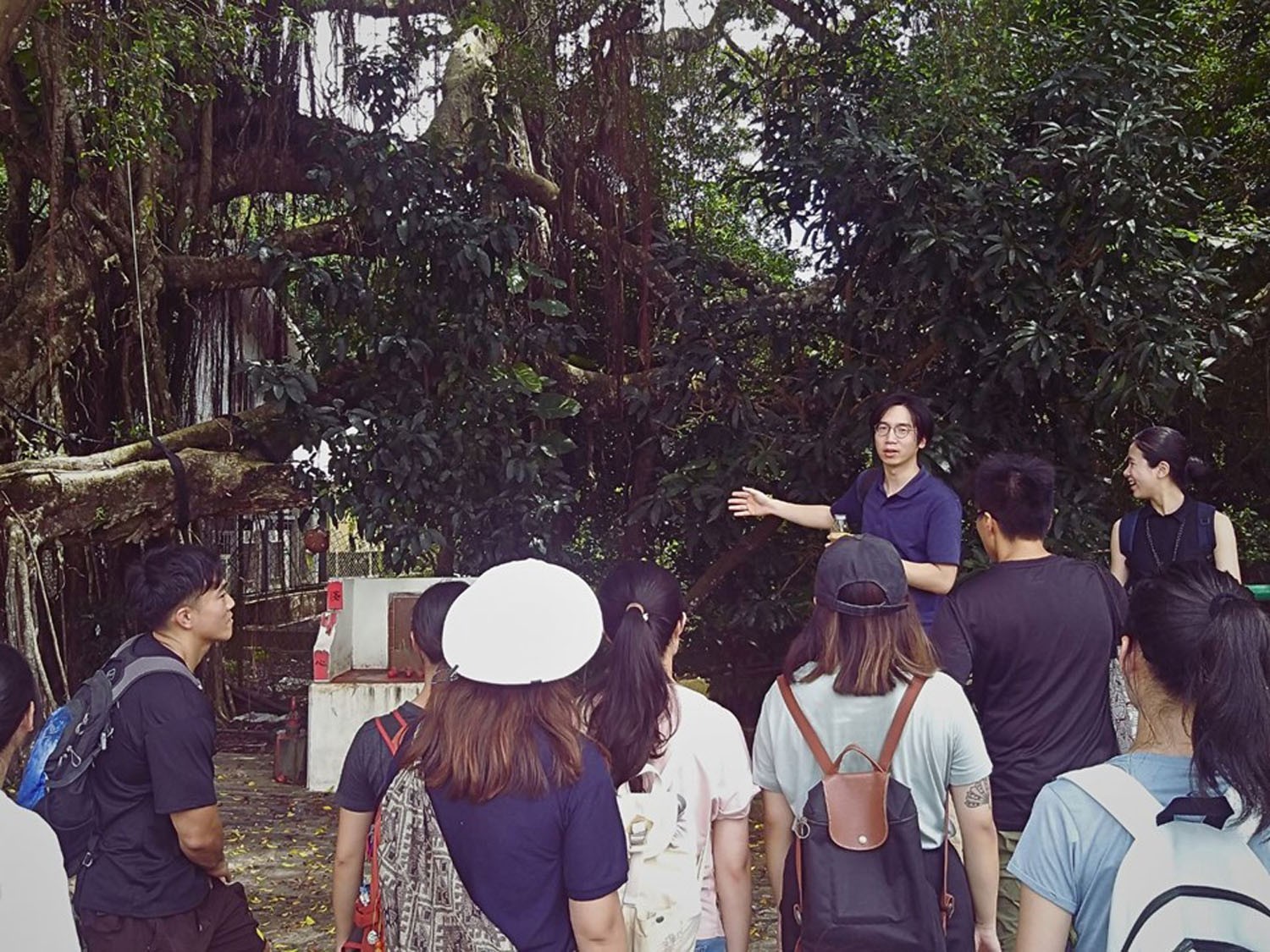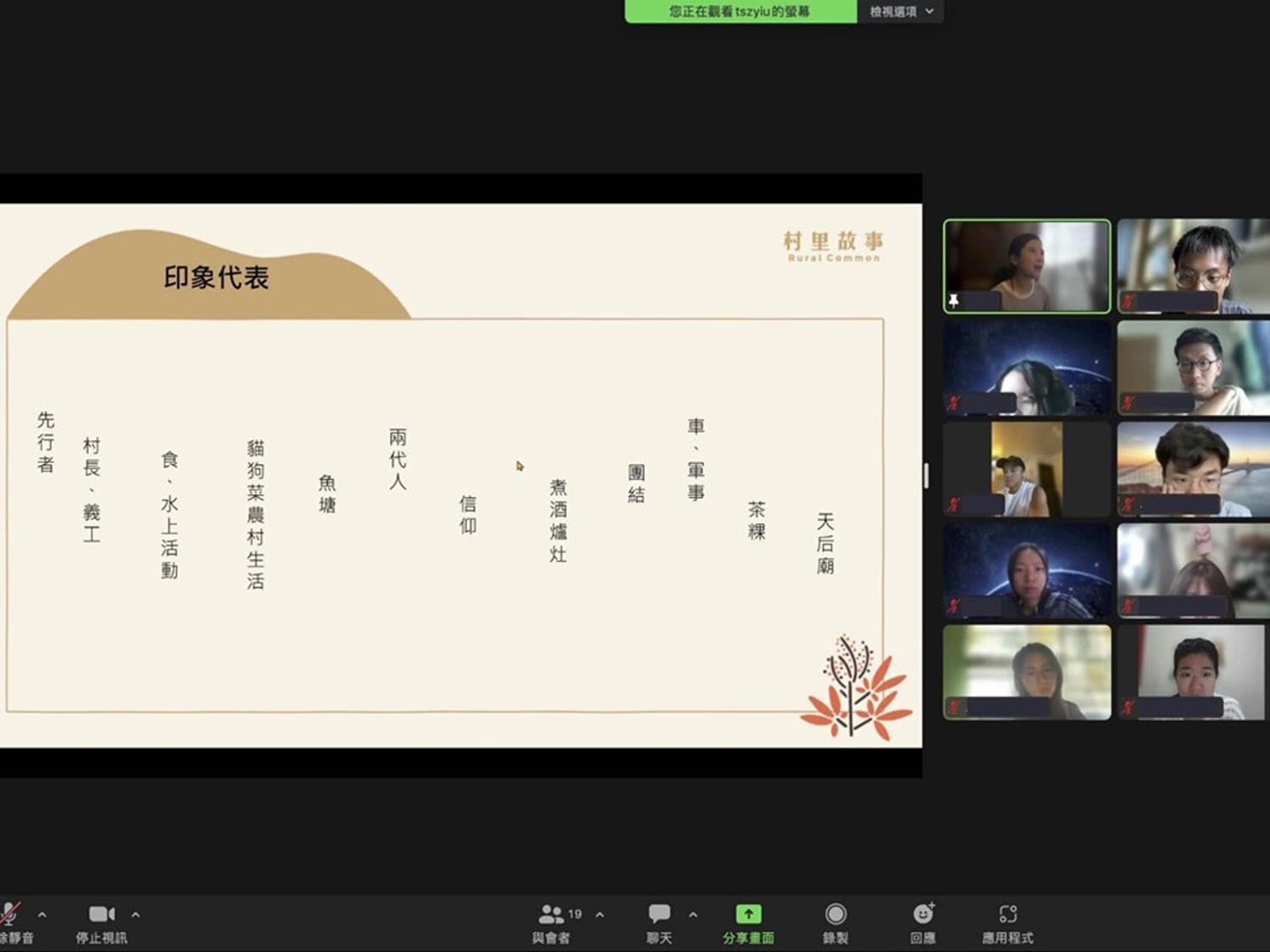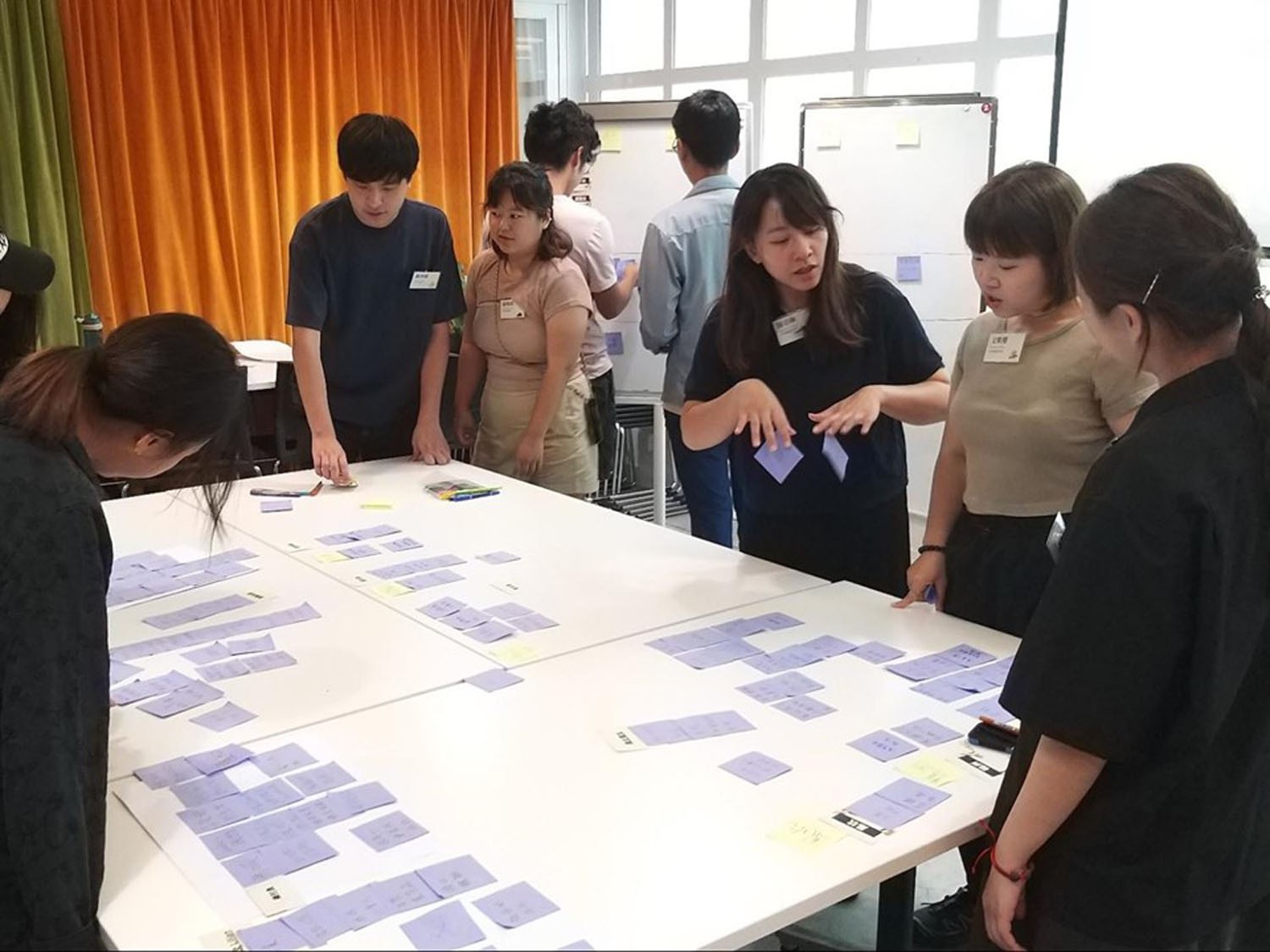Labbers Training
The project organisation recruited labbers and led them on visits to target villages. This allowed them to gain a deep understanding of rural areas, collect village stories, understand the needs of the villages, and then write stories and even curate new prototypes. For example, one group focused on "Visitor Behaviour in Lai Chi Wo", inspired by villagers sharing their experiences of tourists accidentally entering their homes. The team designed a "Lai Chi Wo Chinese Happy Chess" to indicate areas open for visitors and private areas to avoid, improving green tourism etiquette.
The success of prototypes depends on the team's ability to skillfully interview villagers, systematically and strategically research and analyse the collected stories. Therefore, the project organisation held a series of training workshops for the team members, including: Research Skills Workshop, Co-Creation Methodology, New Idea Development Process (e.g. how to organise villagers' thoughts, design new ideas), Rural Background and Knowledge (customs, culture, and relationships in target villages), Interview Techniques and Considerations (how to respectfully guide villagers to share relevant content).
In terms of rural background and knowledge, the project team provided background information and reading materials about the target villages before visits, helping the team understand the culture, customs, and conservation status of the villages, facilitating communication and story collecting. For interview techniques and considerations, the team learnt how to build good relationships with villagers, such as empathetic listening and using open-ended questions to encourage sharing. They also adhered to the principle of "do no harm", respecting villagers' wishes and obtaining informed consent before recording and publishing stories.
Overall, the workshops aimed to develop the team's ability to design projects and interact with villagers in rural environments. The first phase led 22 labbers to document the rural landscape of Hing Chun Yeuk and creatively plan village resources. The second phase successfully recruited 11 labbers, who visited 12 target villages to discover more rural landscapes and continue the village stories.
 Home
Home









